Los Angeles 2030. The image those words conjure for most people is a traffic-choked highway sitting under a dome of pollution. But last spring, mayor Eric Garcetti unveiled sweeping plans for a more sustainable city. The “Green New Deal” imagines a city where 80% of cars run on electricity or zero-emission fuels and residents drive 2,000 fewer miles a year than they currently do. Such a transition will be no easy feat, but Los Angeles, and partners like Hyundai, are making plans to change not only the fate of LA and cities like it, but of transportation itself.
"Los Angeles is one of the largest and most famous cities in the world and has the greatest potential and necessity for future mobility services, including car-sharing," Jung Hun-taek, Hyundai Motor Group Vice President and the Head of its Mobility Business Group, told The Korean Times. "The government of Los Angeles also has a strong drive to address the city's traffic issues, and we found our strategy and the government's drive are on the same page."
For many living in urban settings, roadway congestions, limited parking and overall high costs make car ownership a challenge and public transit, car/ride sharing and micro mobility a must. Recently launched in Los Angeles, Mocean Carshare is the first pilot program of Hyundai’s Mocean Lab, which aims to create a sustainable, connected future through innovative mobility solutions. Car sharing services like Mocean allow riders the ease to get around town without having to own a vehicle. Utilizing an app for pick-up, drop-off, and even ignition – drivers can easily access the vehicles, and city planners can eventually utilize real-time information from fleets of shared cars to ultimately create synergies between people, technology and cities to reduce congestion and increase convenience. The first fleet will utilize up to 20 Hyundai IONIQ Plug-in Hybrid Electric vehicles, with the goal of transitioning to a combined 300 electric vehicles from Hyundai and Kia over the next few years. Mocean Lab is also planning to test other mobility service programs including last-mile mobility, multi-modal transportation, shuttling and air taxi.
Mobility providers continue to re-imagine transportation solutions even as much of the country is impacted by some level of stay-at-home order. “The current COVID-19 environment is providing shared transit providers the opportunity to innovate around new public safety measures such as social distancing and new sterilization methods such as UV-C lights,” said Daniel Han, Manager, Future Mobility, at Hyundai Motor America. Hyundai has also committed $4.3 million for COVID-19 drive through testing centers across the U.S., including 65,000 COVID-19 tests, and is making vehicles available to those in the medical field at select dealerships in New York and California.
“While we see a short-term impact in people’s hesitation towards shared transportation solutions, we believe the general trend towards adoption of multi modal trips will continue,” Han continued. “When we think about the future of mobility, we have to think broadly about everything transportation encompasses, and what we’re really seeing is the emergence of four major trends in the future of how people get around – that’s mobility, electrification, connectivity and autonomous vehicles – MECA for short.”
Let’s look at how each of these trends is transforming the future of transportation.
Mobility
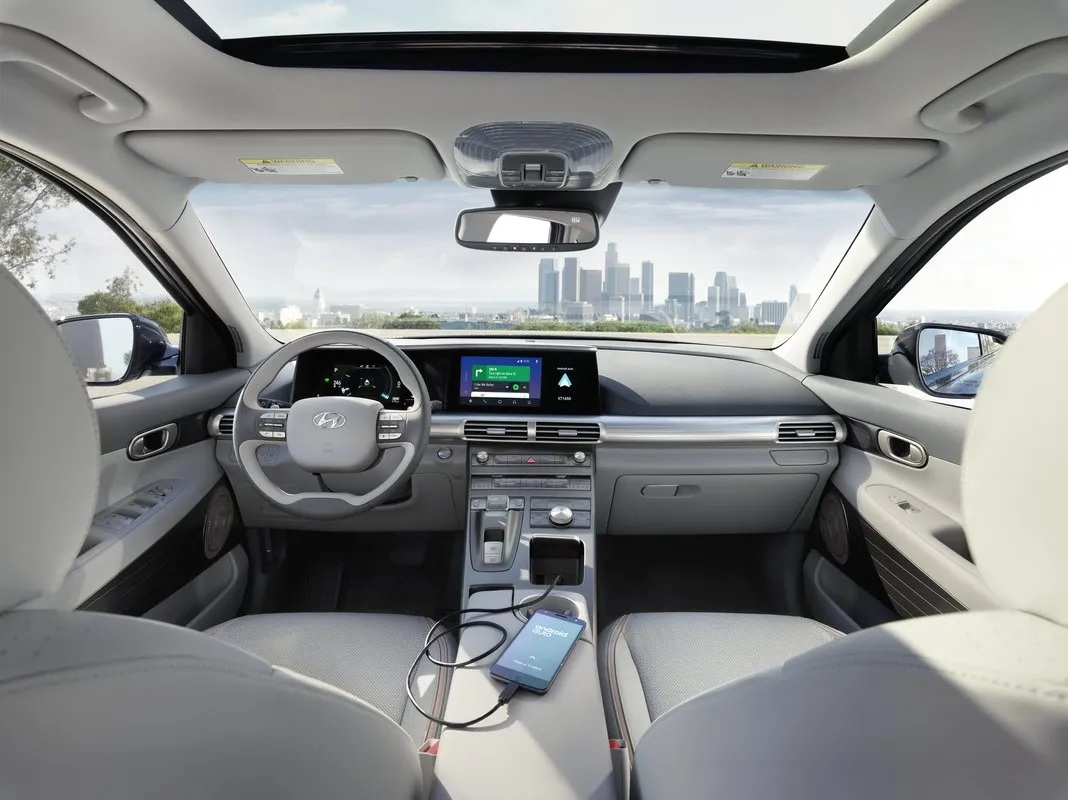
Mobility is more than just getting around: it's a multi-pronged approach to changing the way people access and utilize transportation and the way goods are moved across an urban environment. The needs of modern cities and new consumer trends are shifting how people choose to get from A to B. Traditional zoning is evolving into more mixed-use developments and vehicle lanes are becoming dedicated bike, bus and walking lanes. At the same time, population density is shifting back to city centers and transportation needs around work, shopping and entertainment are evolving with technology’s enablement of remote capabilities.
While existing public mass transit solutions are efficient at moving a large number of people to and from city nodes, it largely leaves out solutions for the final mile of the trip, such as getting from the station to home or from the bus stop to the office. Finding alignment between cities, mobility initiatives and consumers creates opportunities for innovative solutions that solve traffic issues while making life easier and our air cleaner. Such innovations include: mobility for specific trip needs, such as work carpooling or vacation carsharing; multimodal solutions that learn the behavior of their users; and the creation of different mobility access models that combine ownership, membership and pay-per-use.
By emphasizing collaboration and de-emphasizing “one-size-fits-all” approaches, the “M” of MECA is a key element in upcoming changes to transportation as we’ve always known it.
Electrification
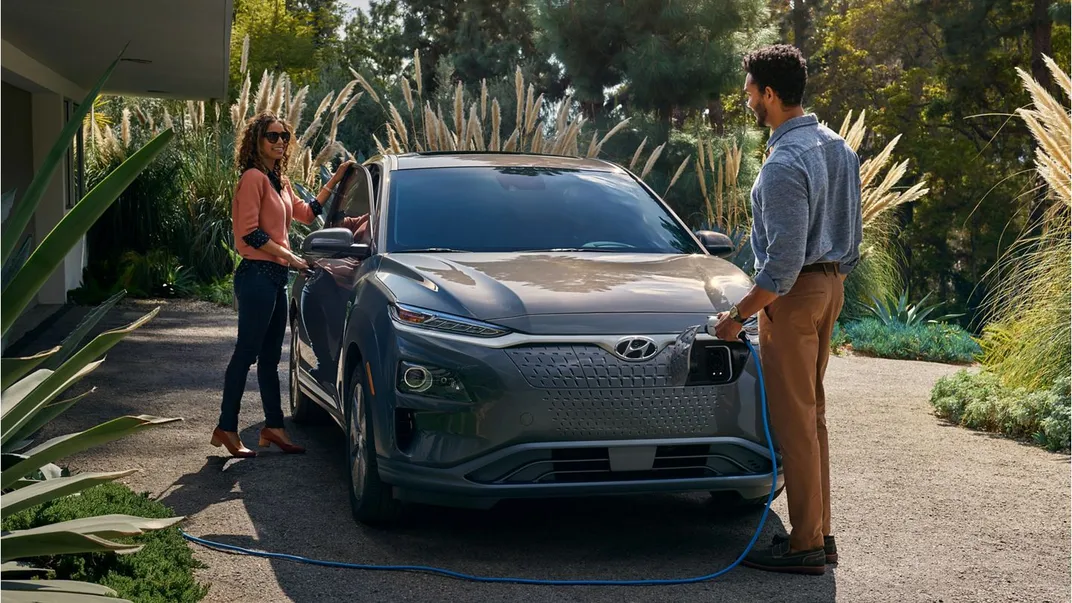
Electrification is the mass shift away from internal combustion engines to clean fuel-based transportation. Recent survey research from GfK Global shows that climate change is increasingly listed among American’s top concerns. Given that 60% of carbon pollution from the transportation sector comes from passenger vehicles, a mass consumer switch to battery electric vehicles (BEVs) and fuel cell electric vehicles (FCEVs), which use hydrogen for power and actually filter particles out of the air, would go a long way toward reducing our collective carbon footprint. In Los Angeles, Californians’ have noticed a positive side-effect of the state’s stay-at-home orders–the longest stretch of “good” air quality since at least 1995. While reduced pollution is likely temporary as the state’s 40 million residents stay off the roads, the impact highlights how quickly air quality can be improved, offering hope for the future.
States like California and Massachusetts are already investing heavily in electrification by funneling money into massive new infrastructure plans. The federal government is supporting electrification, as well, with plans to invest $900 million in rural electrification projects across 16 states.
Among automakers, Hyundai is leading the way in electrification. Hyundia’s 2020 Kona all-electric SUV has a 258-mile range, and the company has committed to introducing 13 alternatively fueled vehicles in the U.S.—six sedans and seven SUVs—by the end of 2022. Hyundai has also unveiled a fully electric Personal Air Vehicle (PAV) concept as part of its Uber Elevate partnership.
Connectivity
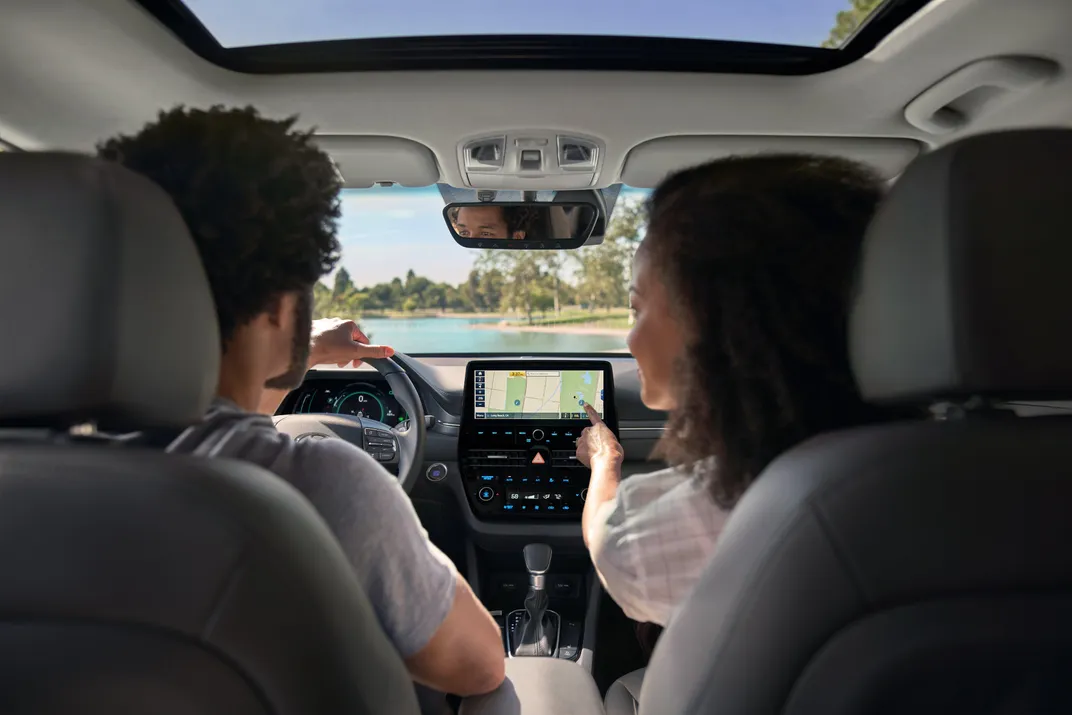
Digital connectivity will usher in a new era of data-based intelligence around cars and transportation that will create major opportunities for traffic efficiency and passenger safety.
In Tampa, Florida, transportation authorities at THEA are debuting an innovative pilot program to evaluate the benefits of connected vehicles on congested roadways. Using DSRC, or dedicated short range communication, vehicles are able to gather information from the environment and “talk" by relaying data to vehicle systems, drivers and surrounding infrastructure in real time. With the installation of sensors along roadways, on-and-off ramps and crosswalks, connected vehicles can be notified of roadway obstructions. To keep city buses on schedule, connected systems can request signal priority as they approach intersections, adjusting the timing of traffic signals to prioritize public transit movements.
Greater connectivity also allows vehicles to better communicate with their driver. Hyundai currently offers Blue Link, a connected vehicle system that uses embedded telematics to gather vehicle information such as a monthly vehicle health report and automatic crash notifications. It also allows drivers to remotely start, stop, lock or unlock their vehicles via a mobile app. Partnerships between car manufactures and municipalities to connect in-vehicle smart technology with sensor-enabled city infrastructure will pave the way to safer, cleaner and more efficient roadways.
Autonomy
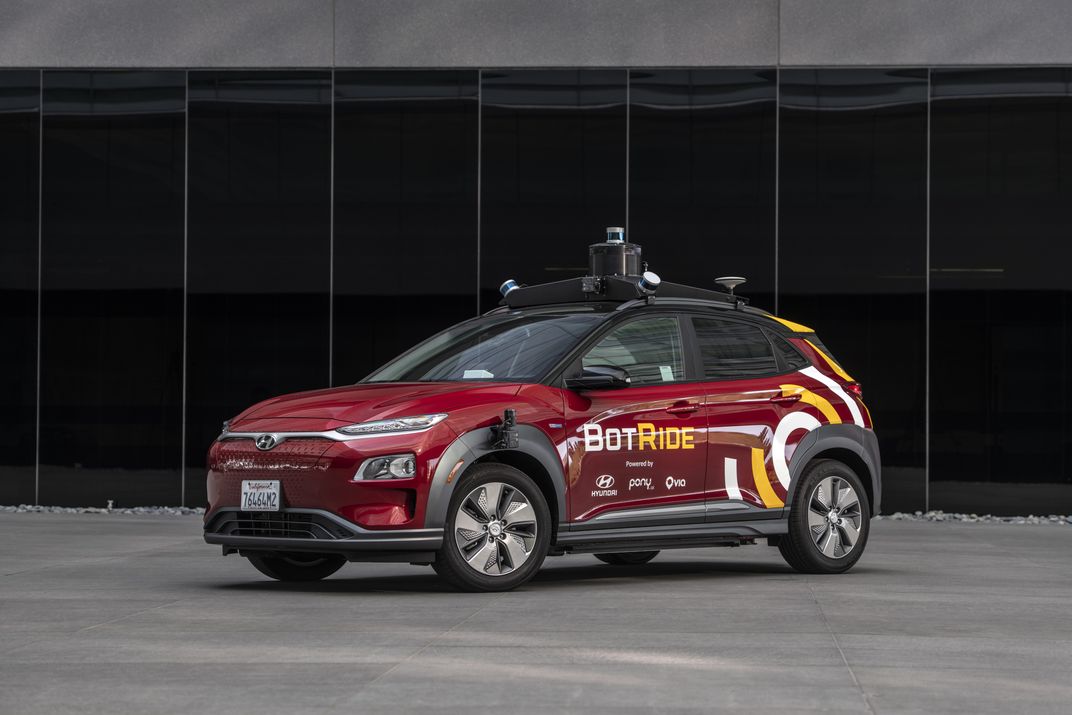
Autonomous Vehicles (AVs) have already made their mark in the global transportation infrastructure, but the revolution is really just beginning. McKinsey estimates global revenues from AVs in urban areas could reach $1.6 trillion a year by 2030, and if the U.S. fully adopted autonomous vehicles, the benefit to the public would be more than $800 billion a year (in 2030).
In addition to savings from improved safety, much of the benefit from autonomous vehicles will come from the public sector’s redevelopment of unnecessary parking spaces into more productive commercial or residential property. Car parking in Los Angeles, for example, takes up more than 17 million square meters, or about 1,400 soccer fields, of land. AVs would also slash commute times and reduce environmental damage, each of which comes with a significant monetary benefit to both the public at large and individuals.
In January, Hyundai concluded BotRide, a 3-month robotaxi pilot project in partnership with Pony.ai and Via. BotRide, the first public-facing robotaxi test in California, let users order rides through an app and used Kona all-electric vehicles. A group of several thousand students participated in the three-month proof of concept to provide feedback on the user experience in preparation for more autonomous vehicles down the line.
Between AVs, BEVs, FCEVs, and the growing movement around electrification, mobility and connectivity, there’s no limit to what MECA can achieve. Our world is changing fast in many ways, and with innovators like Hyundai leading the charge, the new world of transportation will be cleaner, faster, safer, more efficient and more enjoyable.

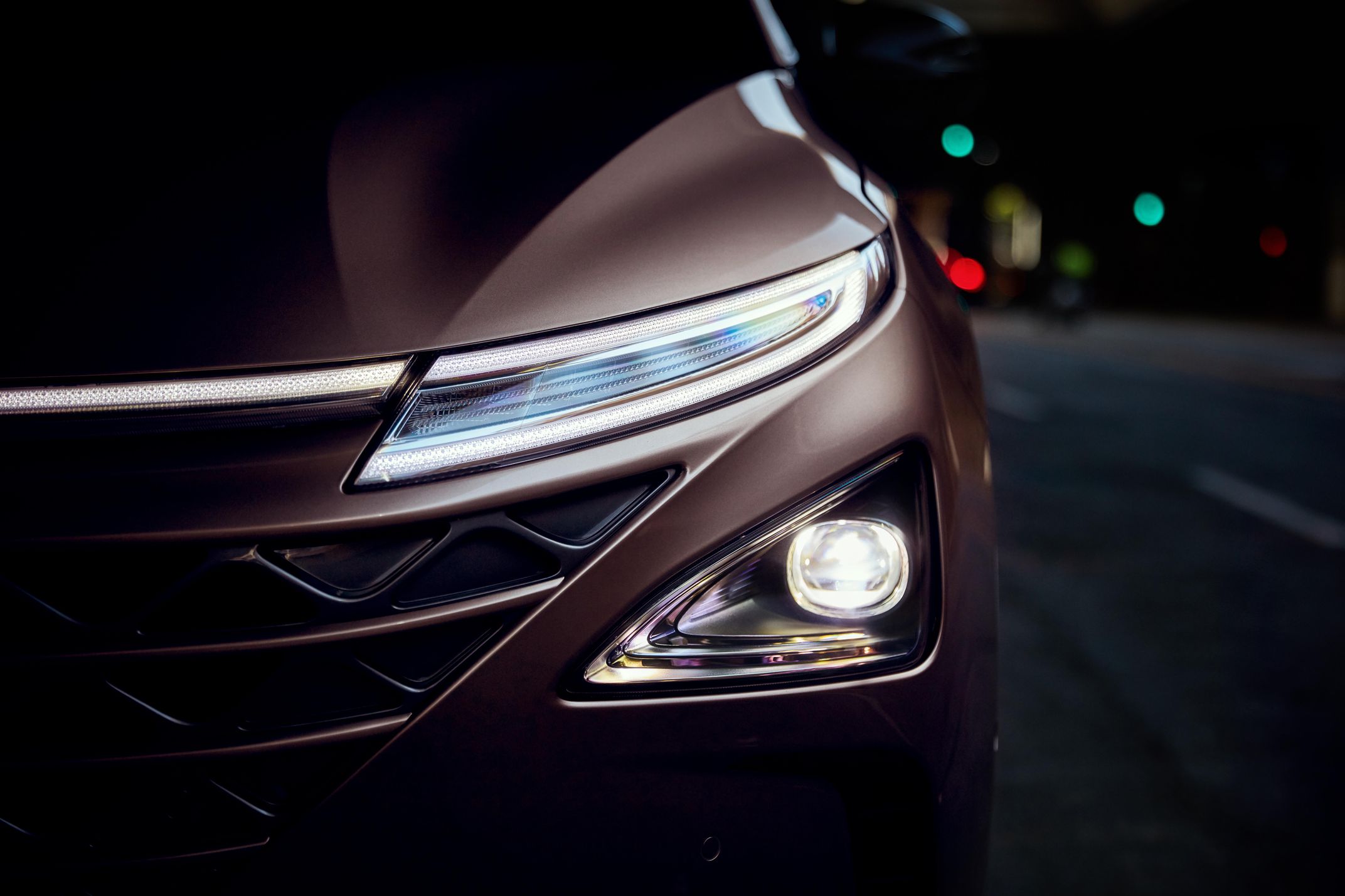
/https://tf-cmsv2-smithsonianmag-media.s3.amazonaws.com/filer/cd/98/cd98310a-4d08-4560-8783-eb93a044a42c/my20_fe_0035.jpg)